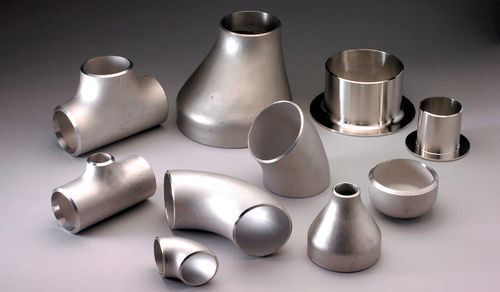Tantalum Wire
Product Details:
Tantalum Wire Price And Quantity
- 5 Kilograms
- 450.00 - 1450.00 INR/Number
- 2500 INR/Number
Product Description
Tantalum is a shiny, silvery coloured metal which is heavy, dense, malleable and ductile when pure. It is found in small quantities in minerals (generally in conjunction with niobium), and is isolated by conversion to the oxide and then the fluoro-complex, K2TaF7, from which the pure metal is obtained by electrolysis. Tantalum is extremely corrosion resistant due to the formation of an oxide film, and is also resistant to acid attack (with the exception of HF). It will react with fused alkalis and a variety of non-metals at elevated temperatures.
Tantalum can be used as a replacement for platinum for laboratory apparatus which has to have good corrosion resistance, and the metal is also used within the chemical industry for similar reasons. The fluids in the human body do not react with the metal and, hence, it is used for surgical implants without rejection. Other applications include the use of tantalum carbide in cemented carbides which are used as cutting tools. The pure metal is used in the electronics industry in the manufacture of various types of electronic equipment (e.g. rectifiers, capacitors, lamp filaments, etc.). Tantalum is also used in vacuum systems as it has a high absorption rate for residual gases. It is also used as an alloying element with, for example, nickel and molybdenum, to produce alloys which have good corrosion resistance, strength and ductility.
Other Products in 'Tantalum Products' category
Our Metal For Your Solution
 |
METAL VISION
All Rights Reserved.(Terms of Use) Developed and Managed by Infocom Network Private Limited. |









